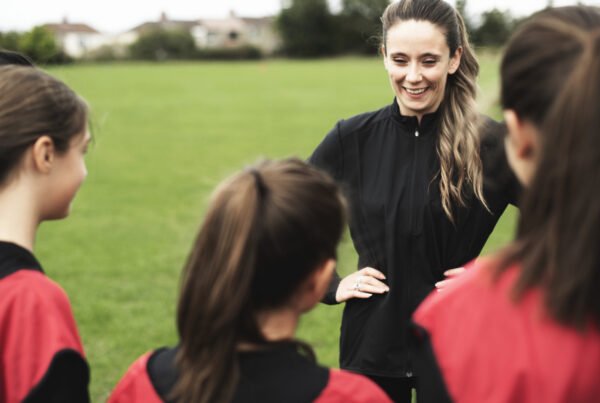Abstract
This report explores equality and sport participation in Scotland. The research aims to improve work within the sport sector in Scotland in advancing equality, eliminating discrimination and fostering good relations. It examines existing evidence around equality and sport and identifies areas for improvement and greater understanding.
Methodology
The research methodology involved four main stages. Firstly, a review of existing evidence was conducted, producing papers on sport and equality in relation to each protected characteristic. Secondly, a survey of staff within the sport system was sent out with 537 responses (a response rate of 46 percent). Thirdly, 10 discussion groups were held with staff within the sport system. A total of 70 people took part in these groups, which included staff involved at different levels and in different sporting fields and sectors. Finally, 9 discussion groups were held with people with protected characteristics, and one set of six telephone interviews.
Key Findings
Available data for Scotland highlights some clear inequalities in sport participation. Participation rates are lower for women, disabled people, people of Muslim faith, and those aged 45 and over. The most common barriers to participation across people with different protected characteristics include negative experiences of PE, lack of self-esteem, limited opportunities and access to facilities, and influence of family and peers. A significant barrier related to the wider sporting system is a lack of representation amongst leadership, coaching, and volunteers. People with protected characteristics felt that, whilst equality was being acknowledged as a top priority, this has yet to clearly translate into actual change. To improve this going forward, the six main challenges identified focus on learning, culture and attitudes, systems and monitoring, involvement and partnerships, coaching and volunteering, and club development.
Interpretation
This report provides a comprehensive overview of the issues in sport equality in Scotland. The evidence suggests that, despite policy prioritising equality, its impact on the personal experiences of people with protected characteristics has been limited. There appears to be a discrepancy between the attitudes and experiences of staff within the sport system and those of people with protected characteristics. Many of the staff members and clubs seem to perceive simply projecting a positive view of inclusivity as enough, without taking any significant action. Increased understanding amongst staff members about the experiences of people with protected characteristics could go some way to addressing this.




